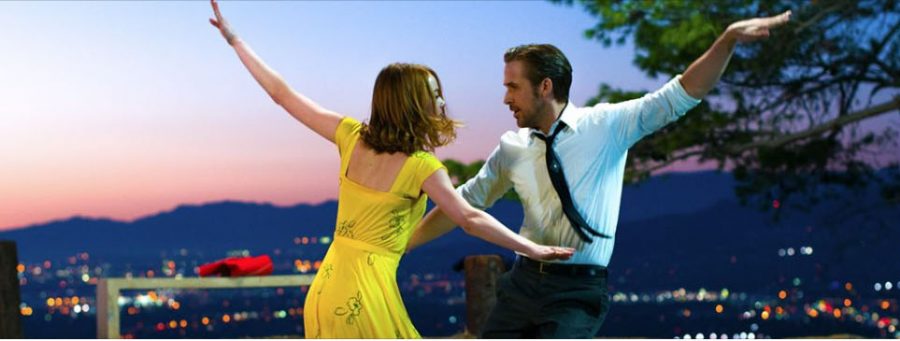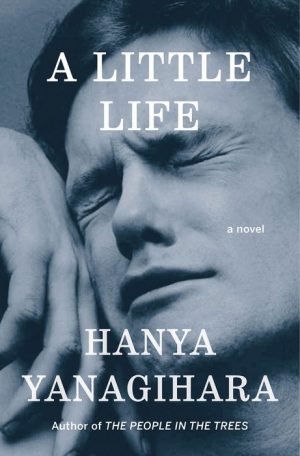La La Land is for lovers
March 3, 2017
Fresh off the success from his electric dark horse Whiplash director Damien Chazelle brings us La La Land – a modern musical of love, ambition, and dreams. The story is simple: an eccentric jazz pianist meets an aspiring actress. They build a dream of love and success. As their dreams come to fruition, they struggle, fall away, and reunite – sort of.
Sebastian (Ryan Gosling) and Mia (Emma Stone) meet on a highway – each practicing their art amidst the heat of midday LA traffic. Mia curses as she commits a script mistake in her mint green Prius. Sebastian rewinds a jazz recording in a 1982 Buick Riviera. Sebastian flips Mia off on the highway impatiently as she holds up traffic practicing her lines. And so their story of conflict and compromise begins.
La La Land is an audacious film that places love and ambition as dynamic opposing forces. Sebastian’s unyielding creativity combined with Mia’s desire for writing and acting forms the initial romantic spark. However, intertwined into their budding romance is Sebastian and Mia’s own failure to succeed coupled with their ambition to break out. This tension is shown early, as Sebastian and Mia’s flirting shines through their mutual teasing of the other’s failure to succeed.
Themes of fantasies, stardom, and failure help embed Chazelle’s modern musical within a conversation about Hollywood, and the meaning of dreams and the lovers we dream them with. Sebastian and Mia casually mention Casablanca, their youthful memories and make remarks about Hollywood and star-filled dreams. There’s a sense of loneliness in La La Land that’s difficult to pinpoint – a certain despair at the inability to live the life you thought you would live. Mia laughs with her roommates, but ultimately she is alone with her pen, paper and nostalgic childhood plays. Sebastian pushes others way, looking for someone who loves jazz, and becomes increasingly lost searching for inward perfection.

Sebastian (Ryan Gosling) and Mia (Emma Stone) in La La Land. Photo by Dale Robinette.
Random moments bring Mia and Sebastian together – they dance singing about a wasted night for lovers over the LA skyline. Chazelle blends a sense of wonder, and even silence at times, with the saturated Hollywood cliché of the American musical event – all between two prodigies destined for greatness. The dancing and music set the film’s tone but there are no wasted words or proverbial aphorisms. Each song, short or achingly big, seems to remind us that we all forgot we are all being swept away.
That is one of the beauties of Chazelle’s film. Unlike the usual Oscar-bait dramas such as 2016’s other major Best Picture contenders (Moonlight, Manchester by the Sea, Arrival among them) which are riddled with complex storytelling and pretentiously relevant weighty themes of death, race, class, and time, La La Land is a movie for simple lovers – lost in in between what it means to live and what it means to love. La La Land believes we are all lovers. Chazelle understood this, and oh did it work.
It is a daunting task to pull off optimism and ambitious love amidst a cynical age. Yet La La Land succeeds where it fails to succumb to the common denominator expectations of the unimaginative. La La Land is not Singin’ in the Rain, 500 Days of Summer, or Love Actually. You will find out for yourself what happens to Sebastian and Mia, but in the end Chazelle shows off his lovers as more human and more fallible than models posing for the photo cover kiss.
La La Land is an overwhelming experience. Solid bright colors, nostalgic melodies, and the pain of heartbreak and loss permeate this exquisite journey. Chazelle attempts to walk many tightropes and succeeds. La La Land ends as a tribute and a rebuke of Hollywood, a testament to traditional musicals as well as an embrace of modernity, a celebration of timeless romance as well as creative ambition.







